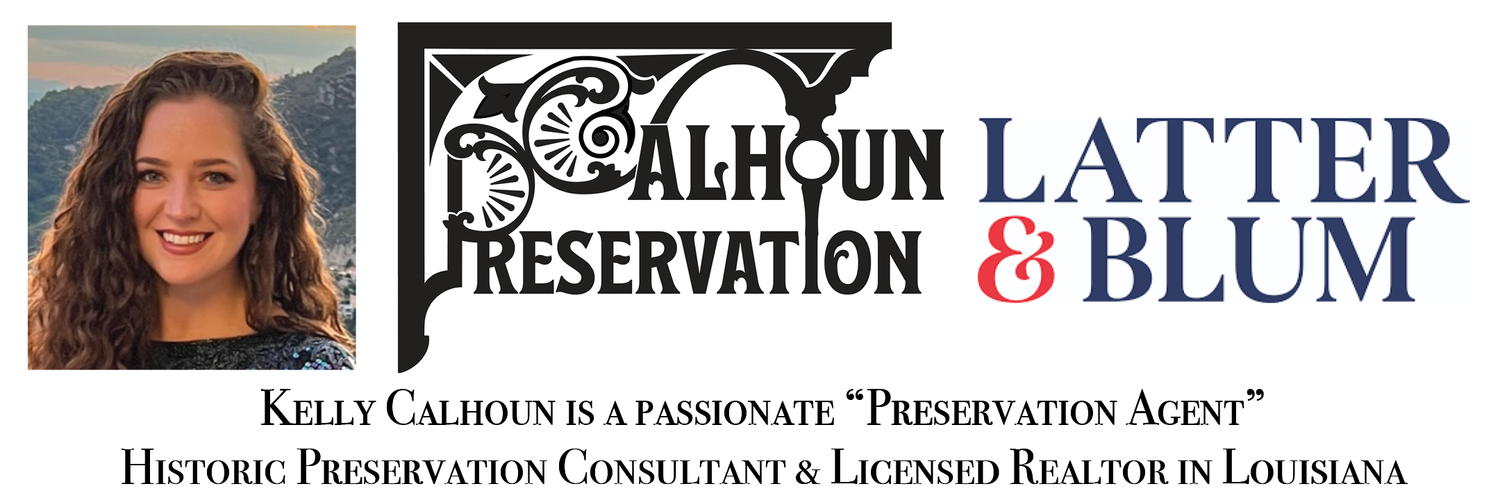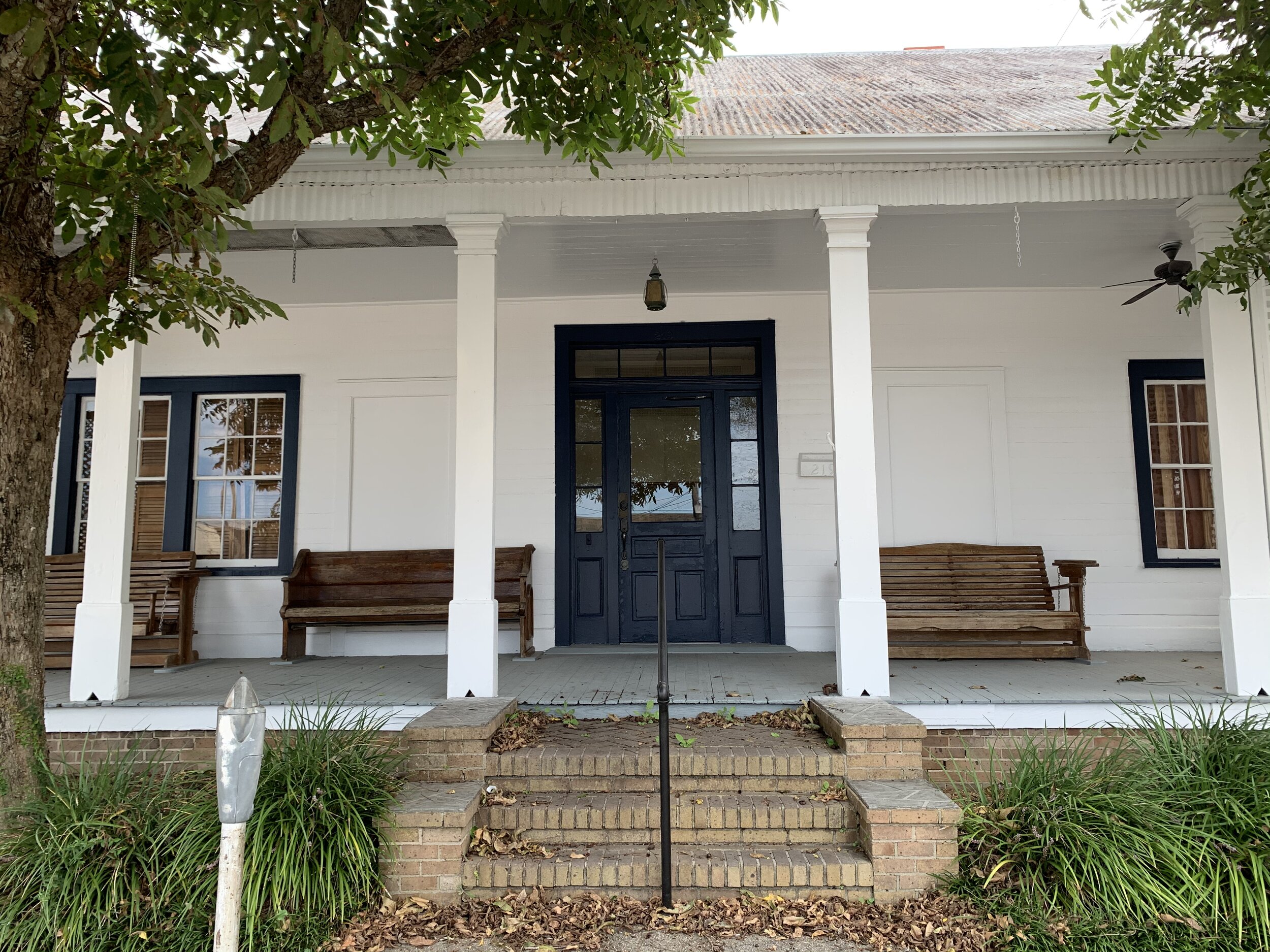Historic Tax Credits
Historic Tax Credits are the biggest financial inventive program available to the private sector for the rehabilitation of historic structures in the United States. The federal government offers a 20% credit toward federal income tax based on the qualified expenses spent on a renovation of an eligible historic structure. Each state in the United States that has adopted the program will have its own percentage of the credit available toward state income tax. These are normally between 18 and 25% credits toward state historic tax credits. These percentages can be checked at each state’s State Historic Preservation Office (SHPO). The program works by crediting the costs towards rehabilitating an income-producing building (which could be a rental or a commercial structure). The credit is a percentage of each dollar spent in qualified expenditures.
These costs include hard costs (material, tangible items, most things that are fixed to the building) and soft costs (architect fees, utility costs during construction, consultant fees, etc). For example, if someone spent $250,000 renovating a historic structure, and all those costs qualified for the credit, 20% of that equalling $50,000 would be eligible for the federal income tax credit (20% of qualified rehabilitation credits). Apply the state credit confirmed by your SHPO and that would be eligible for the state income tax credit.
Not all historic structures are eligible. It must meet certain criteria, including being a contributing building in a National Register District, on the National Register of Historic Places as an individual nomination, a contributing building in a Cultural District and a contributing building in a Downtown Development District. Email us to see if your property lies in an eligible district, or could be made eligible: kelly@calhounpreservation.com.
The Federal Historic Preservation Tax Incentives program encourages private sector investment in the rehabilitation and re-use of historic buildings. It creates jobs and is one of the nation's most successful and cost-effective community revitalization programs. It has leveraged over $102.64 billion in private investment to preserve 45,383 historic properties since 1976. The National Park Service and the Internal Revenue Service administer the program in partnership with State Historic Preservation Offices.
Below is a video hosted by the Louisiana Trust for Historic Preservation, featuring a PowerPoint presentation Alison Saunders, Tax Incentives Director with the Louisiana Division of Historic Preservation covering the basics and benefits of the Federal Historic Rehabilitation Tax Credit Program. Like and follow their YouTube for more interesting information about Louisiana’s historic places. These videos were made possible by the Louisiana Trust for Historic Preservation. Click here to learn more about their programs, events, and membership.
110 Kirby Street
(1948 Art Deco Commerical Building)
110 Kirby Street, Lake Charles, Louisiana - IN PROGRESS!!
The “Levingston Building” is an office building designed in the Art Deco Style by architect R. S. McCook for the Levingston Title Company.
219 Grinage Street
(c. 1890 Center Hall Vernacular)
219 Grinage Street, Houma, Louisiana - IN PROGRESS!!
c. 1890 house converted into an office beginning about 1940.
1008-10 Dauphine Street
(c.1830 Creole Townhouse)
1008-10 Dauphine Street, New Orleans, LA - IN PROGRESS!!
Watch the timelapse video of the removal of the mid-20th century egress stairs!
Contractor: Garrison Builders.
Architect: Maple Ridge Architects.
517 Broad Street
(c. 1900 Queen Anne, rem. 1940 Colonial Revival)
517 Broad Street, Lake Charles, LA
c. 1900 Queen Anne house remodeled in 1940 into a Colonial Revival funeral home.




